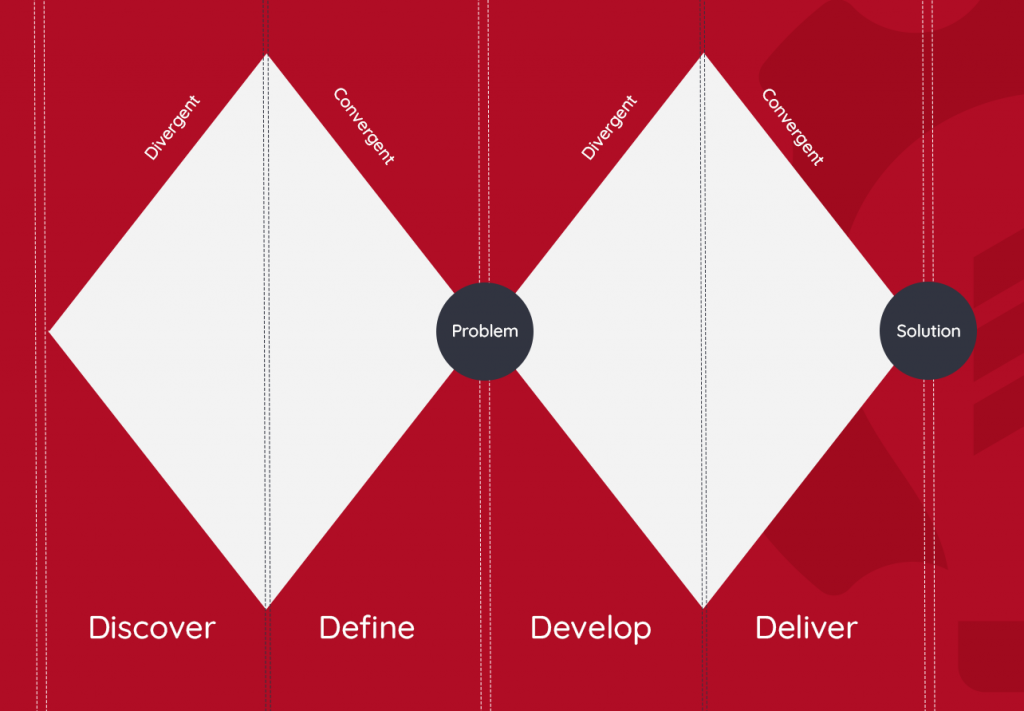
Cohort: Alpha
Organisation: Vale of Glamorgan, Cardiff, Newport and Torfaen
1. What was the overarching challenge?
Asset Based Community Development (ABCD) puts communities at the heart of the community development process, building positive community change by focusing on ‘what’s strong, not what’s wrong’. The challenge for local authority staff working on this project was around embedding ABCD as a consistent approach to community development across the local authorities of Vale of Glamorgan, Newport, and Cardiff, and building on examples of best practice already present.
2. Which aspects of the challenge were addressed in the experiment (the research question/s)?
By exploring the issue from within their own areas of expertise and remit, the project team created a series of unique perspectives around how the ABCD approach could be used, and the benefits that could be gained from embedding this approach in their work.
One associate explored how ABCD was being used in relation to data collection, another focused on how ABCD could be used to support cultural venues, and two explored how the authority could develop a way of co-producing services with citizens that would support improvement in communities and allow individuals to flourish.
3. What was done to address the challenge?
Although the focus of each of the experiments varied, the team adopted similar approaches to addressing their research question. They all used desk research and scoping exercises to explore a range of models that have been implemented in other areas that could be relevant to their authority. This allowed the associates to identify possible approaches the authority could adopt and test them with the key stakeholders in their conversations. Internal collaboration with key departments and teams within local authorities was undertaken by the associates in relation to this work, associates also connected with external groups and ABCD practitioners to add depth to their research.
The associate focusing on data also analysed the authority’s approach to information collection, and how this could be improved to model the ‘ABCD’ approach or incorporate methods of meaningful measurement. Interestingly, the focus of data analysis was not on the data that was held by the authority, but rather on the types of questions asked and what was done with the information received.
4. Which aspects of Infuse were most helpful in addressing the challenge?
The Adaption Lab’s Supportive Communities sessions for cohort alpha were focused on Nesta’s Upstream Collaborative work, and the New Operating Models handbook. These sessions were especially useful to the associates working on this project, as one of the ‘New Operating Models’ described in the handbook is ABCD. In the sessions, learning was shared about how the ABCD approach has been developed elsewhere and what impact it has delivered.
A key tool used by each associate on this project was stakeholder mapping, which helped identify the most relevant people to engage, and plan effective engagement with them. They were then able to create a Gantt chart to plot project actions and milestones.
The ‘Double Diamond’ (a design process model developed by the British Design Council) was also a very helpful tool for ‘structuring’ the approach. In particular the discovery phase gave context to the work. Associates also found it easier to get permission to undertake discovery work rather than asking to make considerable changes in the authorities’ operating model.
Having a number of peers to act as points of assurance was also beneficial alongside the access to academic expertise which has continued beyond the experiments.
5. What were the main lessons from collaborative working?
One of the main lessons for collaborative working is that a team can work on discreet sub-questions under a main research question and deliver findings that have individual value for the local authorities directly involved, as well as a wider value for all local authorities as it contributes to a broad research base on ABCD.
A further strength to this approach was that it allowed each team member to pursue the most appropriate challenge for their respective authority’s situation and priorities, while receiving the feedback and support of the other members.
6. Key findings
There were some key findings relating to all the projects and some which were specific to the particular area being explored. These are highlighted below.
There was not a consistent understanding of what an ABCD approach means both within and across councils and so this needed to be translated into a more familiar language for everyone to understand. Associates found that by having conversations across a number of departments and using accessible language, it was possible to identify a wide variety of ABCD approaches that already exist in the authorities.
A cultural change like this takes time to embed in an authority. It requires a strong will from senior leaders and usually a specific senior leader to champion a transition to this way of working, supported by good officers and a robust infrastructure to allow this transition. Authorities wanting to embed an ABCD approach in their work should recognise that this is an ambitious challenge, and not expect there to be any quick solutions. There are however some ‘quick wins’ along the way if the right stakeholders ‘buy in’ to the process.
An ABCD-led approach to re-building post-pandemic has the potential to support a strong economic recovery. Local authorities can play a key ‘market-making’ role to address the failing cultural venue situation, either by using existing and underused assets, or acquiring other assets and using them to improve the economic and social conditions in local communities.
Public buildings in the hearts of communities can provide a vital, affordable space for socialisation, community activity and collaborative creative work. One associate remarked that understanding that many council-owned buildings never achieve this potential was a personal learning point for them. Key reflections in relation to the data collection lens on ABCD included that the approach to data collection is often ‘siloed’ and doesn’t recognise that people are part of a wider community. Questions posed in data gathering exercises should be designed carefully and take care to manage expectations rather than raise expectations, and it is important to capture information in a meaningful way that makes the process worthwhile.
7. Next steps
The different authorities involved are continuing to research the issue and are taking their own next steps within their organisations to embed the approach.
One associate highlighted that internal and external stakeholders will need to be engaged to further clarify the support needed and build partnerships that can help to sustain and create cultural venues in the authority.
Consideration of how to model and develop approaches for better information gathering was required, and agreement required as to how to adopt some of these methods as common practice and embed them as standard practice.
The key next step will be to host an ABCD workshop for the stakeholders identified and explore a way to embed the ABCD approach across the authorities and how best to work together to achieve it.

